
The elbow joint can be a constant source of problems for the athletically inclined individual. Strongman events, weightlifting competitions, submission wrestling tournaments, and even weekend warrior fun can wreak havoc with this upper body hinge joint. Two possible issues that might be to blame is the heavy, multiple joint training exercises common to many power athletes, and at the other extreme, machine training.
Let state right off the bat that multiple joint, power moves, rule. You will get stronger, faster, and more effective with heavy barbell power work than bodyweight, machine, or isolation training. With the task of training ill, or impaired individuals, machine training might be the ticket at the other end of the spectrum
Let’s pick a fairly simple technique, like supersets, with some specific isolation exercises. Basics don’t need to be complicated, they can, however, be sophisticated.
Supersets create the environment for Successive Induction. The pre-tensing of one muscle group prepares the other one for work. This time tested action of arm flexion and arm extension being alternated is a sound one.
The specific isolation exercises should move away from the strength/size training goal, into the pre-hab/rehab training realm. By this very statement, it means that the training loads will be low until adequate strength, range of motion, and mind/body connectivity is established.
Years ago the great John Grimek observed another legend, Reg Park training his biceps. To accommodate this, he stacked two exercise benches, rested supine, and curled dumbbells from a fully stretched position, strongly supinating his palms at the top of the movement. Grimek tried this exercise and said it made his arms ache.
You can modify this exercise by simply elevating your bench with boxes or a cement blocks so that your arm can hang freely. Then instead of a supinating curl, you can stick to the result producing Hammer Curl. In this case, the curl must be done in a slow cadence with full stops at the top and bottom. You are working to prevent injury and not flirt with it. Get a mental picture of this in your mind. Your should be flat on your back, arms hanging free with your upper arm bone vertical. Grip the dumb bell firmly and curl it in an ultra smooth motion, keeping the upper arm motionless. Pause at the top and bottom and stop with a couple of reps left in you. That takes care of flexion.
The extension exercise is the Bell Ringer. This requires an overhead pulley, and a rope handle specifically designed for triceps action. You need to kneel for this exercise so if you have any knee problems, make sure you pad the surface with a towel or soft training mat. The elbows must point out to the side. You are eliminating using the supportive action of the lats and shoulder girdle. You must move slowly. You are in the act of developing good elbows and not setting yourself up for bad ones. Let the cable track along one side of your head and alternate this with each set. Keep the elbows flared to the side. Lock them out, pause, and slowly lower to the stretched position. Under NO circumstances should you relax in the stretched position, but rather let the lower arm come in contact with a flexed upper arm with no bounce, or rebound. At the top position, you must forcefully contract the tricep and hold that contraction. This will set up the biceps for the Hammer curls to come, as well as strengthening the triceps.
Reps should be higher than pure strength here. Range of motion, suppleness, and pain free mobility are the goals, not pure strength. A scheme of 8 to 10 reps with 3 to 5 supersets can and will be effective as a tool for developing the functional movement of the elbow joint.
To repeat–
Supine Hammer Curls, 8 to 10 reps of 3 to 5 sets
Alternated with,
Bell Ringers, 8 to 10 reps of 3 to 5 sets.
Move slowly with a full pause in the stretched and contracted position. Start light.
Tack this on to then end of your workouts to avoid weakening the arms prior to heavy multiple joint systemic lifts.
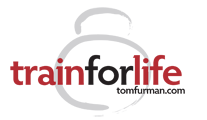
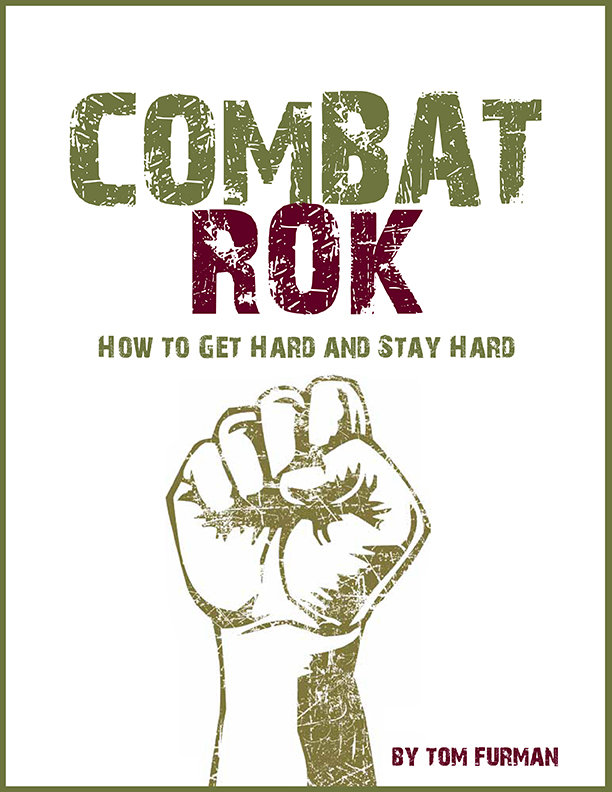
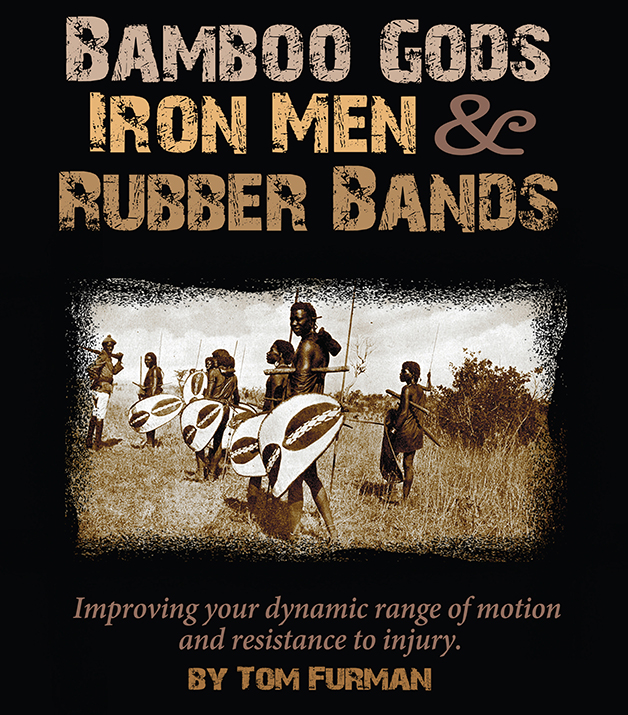
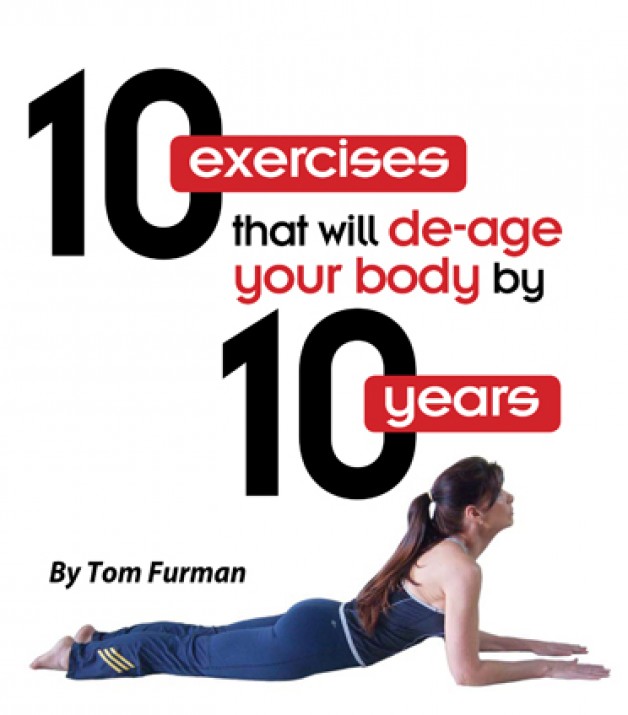
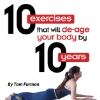




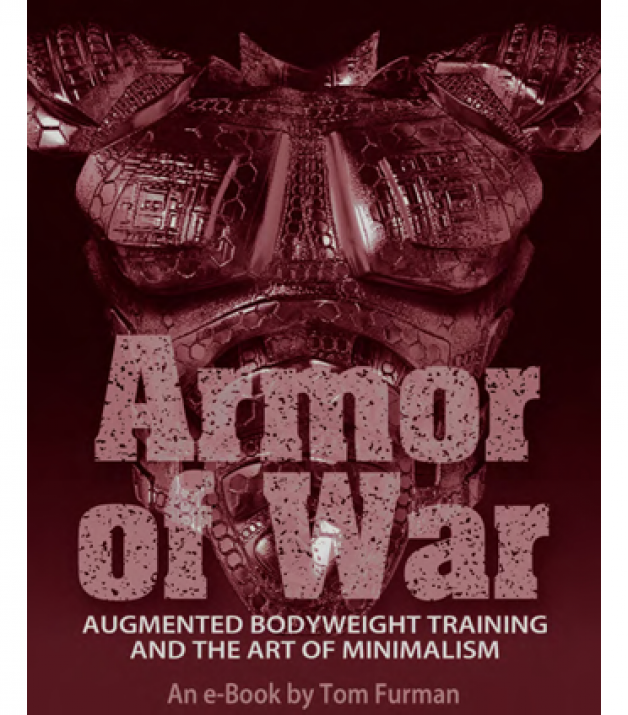

Great info Tom. Thanks for sharing.